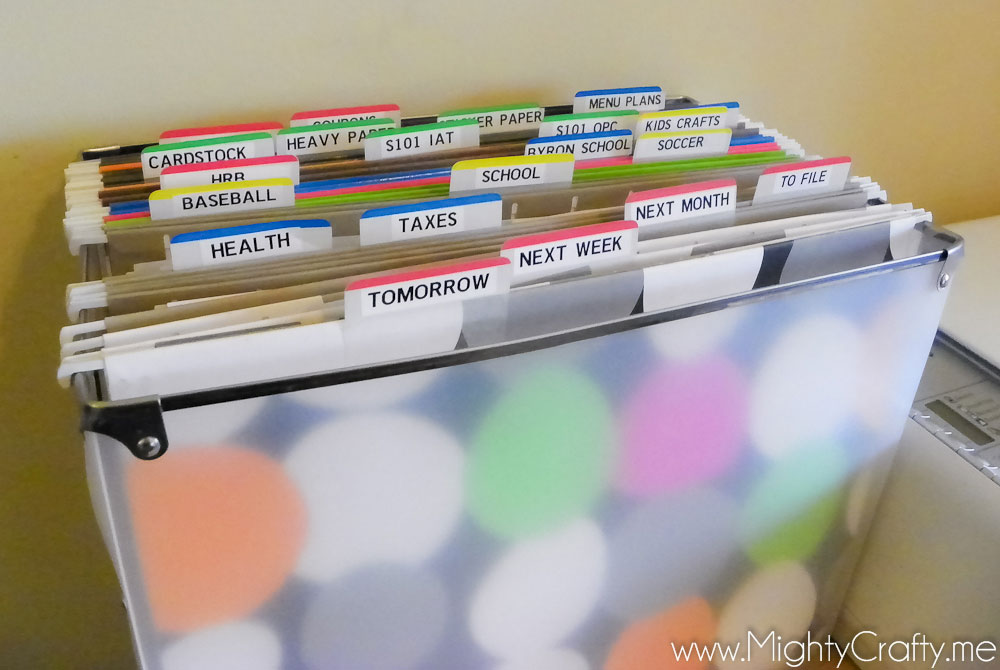Organize Your Home Paperwork Efficiently Today

When it comes to managing a household, keeping everything under control can feel like an overwhelming task, especially when it comes to organizing paperwork. The influx of bills, medical records, insurance policies, bank statements, and more can turn a home office into a paper jungle overnight. Yet, maintaining an efficient system for organizing your home paperwork is essential not just for your peace of mind but also to ensure timely responses to important documents. In this long-form guide, we will explore a systematic approach to organize your home paperwork efficiently, ensuring every document has its place and your space remains clutter-free.
Assess Your Paperwork

Before you dive into organizing, take some time to assess what you actually need. Here’s how you can do that:
- Categorize: Sort through your papers, categorizing them into groups like financial, medical, legal, home, and personal.
- Declutter: Identify documents you no longer need or those that can be digitized. Toss the obvious trash but be cautious with financial documents as there are retention requirements.
- Prioritize: Focus on documents that require immediate action or those with upcoming deadlines.
🗑️ Note: Before shredding or discarding financial documents, consult the retention guidelines to ensure compliance with legal requirements.
Set Up an Organizing System

Now that you’ve assessed your paperwork, it’s time to set up a system:
- Use a Filing Cabinet: A good filing cabinet is invaluable for paper storage. Label drawers for different categories.
- Color Coding: Assign colors to different categories for quick visual recognition.
- Binders: For frequently accessed documents, binders with tabbed dividers work wonders.
| Category | Example Documents | System Recommendation |
|---|---|---|
| Financial | Bank statements, Tax returns | Filing cabinet, labeled 'Finance' |
| Medical | Doctor visits, Vaccination records | Binders with tabs for each family member |
| Legal | Wills, Contracts | Fireproof safe, or a secure filing drawer |

Digitize Your Documents

In today’s digital age, consider going paperless where possible:
- Scan Documents: Use a document scanner or your smartphone to digitize documents.
- Cloud Storage: Store digital documents in secure cloud services like Dropbox or Google Drive.
- Paperless Billing: Opt for electronic statements and bill payments.
☁️ Note: When using cloud storage, ensure the service provider complies with data privacy and protection laws.
Maintain Your System

Organization is not a one-time task but a continuous effort:
- Weekly Paper Handling: Set aside time each week to go through mail and other incoming papers.
- Regular Reviews: Schedule times to purge unnecessary documents and update systems.
- Accessibility: Ensure important documents are easily accessible in case of emergencies.
Emergency Preparedness

Paperwork management is also about being prepared:
- Fireproof Safe: Store critical documents like passports, deeds, and wills in a fireproof safe.
- Power of Attorney: Have copies of this document easily accessible.
- Backup: Maintain a backup of your digital documents on an external hard drive.
As we've explored, organizing your home paperwork is about more than just neatness; it's about creating an efficient system that supports your household's financial well-being and preparedness. By assessing your paperwork, setting up a categorized system, digitizing where possible, and maintaining that system, you can keep your home paperwork in check. This approach not only saves time but also reduces stress and helps in managing life's important documents with ease.
How often should I review and declutter my documents?

+
It’s advisable to review your documents at least once every six months to keep your paperwork organized.
Can I shred all old bank statements?

+
Not immediately. Keep bank statements for at least one year for tax purposes, and longer if they are relevant to ongoing legal matters or tax audits.
What should I do with documents that contain personal information?

+
Shred any documents containing personal information to prevent identity theft. If possible, convert them to digital format and store securely.